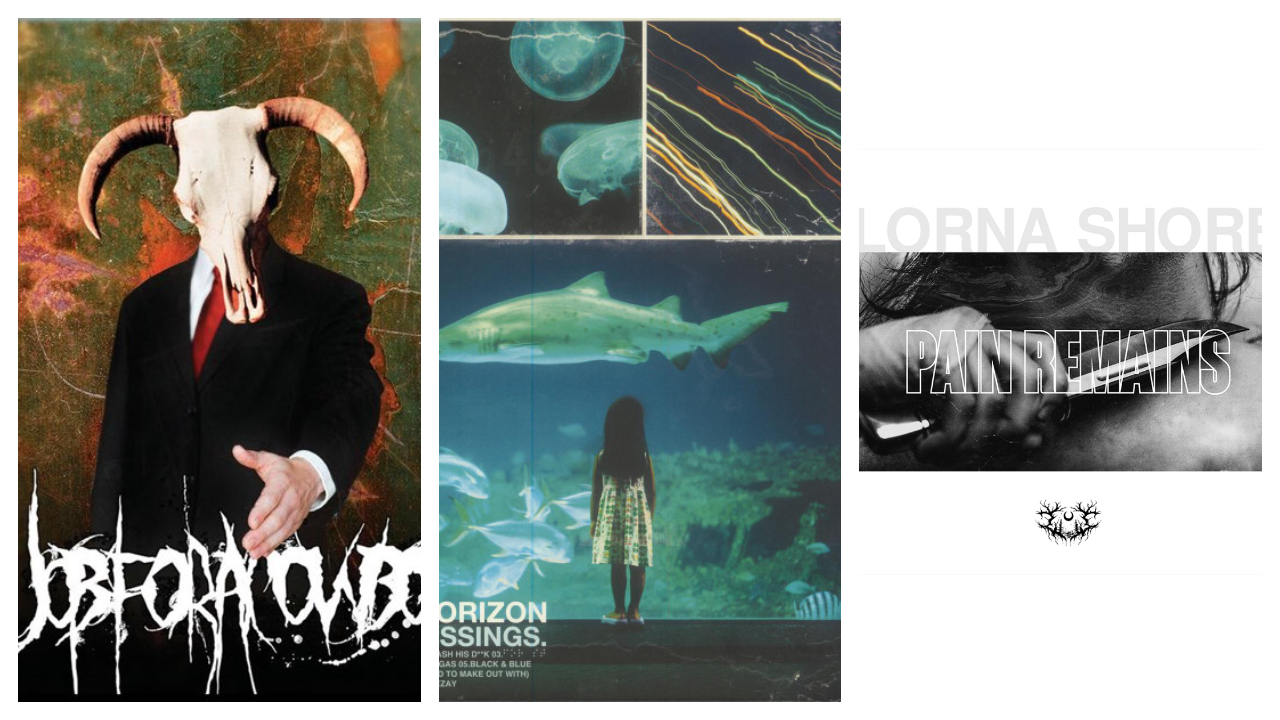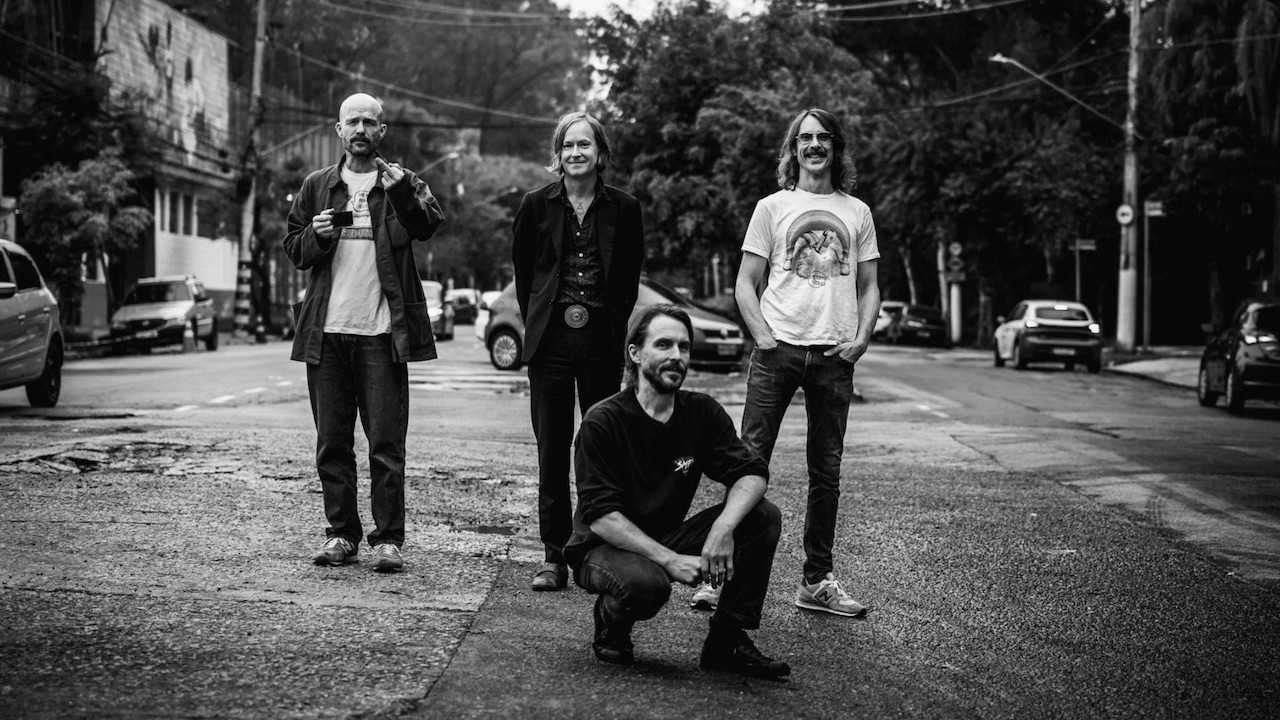A beginner's guide to deathcore in five essential albums
Think deathcore is a bit one-note? Think again. Here are five albums that perfectly chart its evolution over the past two decades

It's a genre that remains one of metal’s most divisive movements, but surely, on paper, the idea of melding gruesomely heavy, crushing death metal riffs with the groove, power and attitude of classic hardcore is a damn good one. But deathcore is unquestionably polarising, even more than two decades after its birth. From Antagony and Despised Icon’s early mixing of Dying Fetus and Madball, to the underground hype that catapulted Job for a Cowboy, the unlikely chart invading strides made by Whitechapel and Suicide Silence and the recent rebirth of the genre inspired by Lorna Shore and Slaughter to Prevail, deathcore has endured and thrived for many years now. Here’s its journey so far told over five key releases.

Despised Icon – The Healing Process (2005)
Although they themselves have rejected the term, Quebec’s Despised Icon are generally considered the pioneers of the genre. While some death metal bands had flirted with breakdowns and hardcore had edged toward more metal terrains, the balance had never been as equal as DI made it. 2002’s Consume Your Poison is their year zero moment, but its follow up, 2005’s The Healing Process, is unquestionably a superior album, making it a good shout for the first essential deathcore release.
Job for a Cowboy – Doom EP (2005)
It seems mad to think it now given their diminished footprint on the metal scene, but Arizona’s Job For A Cowboy were unquestionably considered the first great hope of deathcore. Though critics and death metal purists recoiled in disgust at JFAC’s music, debut EP Doom was a huge success, not least thanks to their canny MySpace marketing. One of the first bands to completely bypass the traditional music industry, millions of young metal fans, unconcerned with genre rules or what magazines and record labels told them they should be listening to, flocked to Job For A Cowboy’s hybrid of death metal, beatdowns and pig squeals. They may have struggled to replicate it, but Doom created a map, not just for deathcore, but for an entirely new way of operating as a band.
Bring Me the Horizon – Count Your Blessings (2006)
They’re one of the biggest bands in rock today, but Bring Me The Horizon's roots are very much in deathcore. Their debut album Count Your Blessings is probably the only true, pure deathcore album the band released as much like Job for a Cowboy, the negative feedback they received led the band to ditch much of the style almost immediately. And, truthfully, CYB is some way away from Bring Me’s finest moment, but years down the line it has been reappraised and found a cult following. Mainly, though, it’s here to showcase just how integral this genre has been to modern heavy music, giving us arguably this generation’s most significant heavy band.
Suicide Silence – No Time to Bleed (2009)
As the popularity of the genre grew, it was clear that, were deathcore to step up to the highest level, it needed to harness those elements that make any musical movement break big: anthemic songs and superstar charisma. With their second full-length LP, California quintet Suicide Season gave us both. Album opener Wake Up and the title-track became two of the most recognisable metal songs of the time, helping No Time To Bleed peak at a hugely impressive number 32 on the US Billboard 200. It was also the moment where scores of fans realised that Suicide Silence’s frontman, the sorely missed Mitch Lucker, was an iconic figure. The endless number of copycats that sprang up in his, and Suicide Silence’s, wake is testament to this album's influence.
Lorna Shore – Pain Remains (2022)
After the boom years of the early 2010s, deathcore, a style so dense and rigid that it seemingly left very little room for experimentation or sonic growth, appeared to run out of ideas. But the last few years have seen a genuine renaissance in the genre, Brand Of Sacrifice, Slaughter To Prevail and, most notably, Lorna Shore all revitalising the sound. Having been around for a decade, the viral success of Lorna Shore’s 2021 single To the Hellfire was a lovely, if unexpected surprise, and the band cemented their status as deathcore’s new kings with fourth album Pain Remains. Vocalist Will Ramos is the star of the show, his inhuman vocal range is terrifying and flabbergasting in equal measure, but the addition of soaring, symphonic classic metal to deathcore showed that there is still plenty of inspiration to mine from this curious little hybrid genre.
Sign up below to get the latest from Metal Hammer, plus exclusive special offers, direct to your inbox!

Stephen joined the Louder team as a co-host of the Metal Hammer Podcast in late 2011, eventually becoming a regular contributor to the magazine. He has since written hundreds of articles for Metal Hammer, Classic Rock and Louder, specialising in punk, hardcore and 90s metal. He also presents the Trve. Cvlt. Pop! podcast with Gaz Jones and makes regular appearances on the Bangers And Most podcast.
